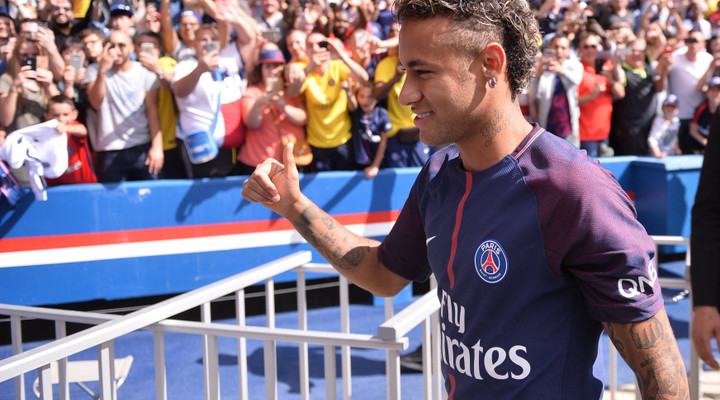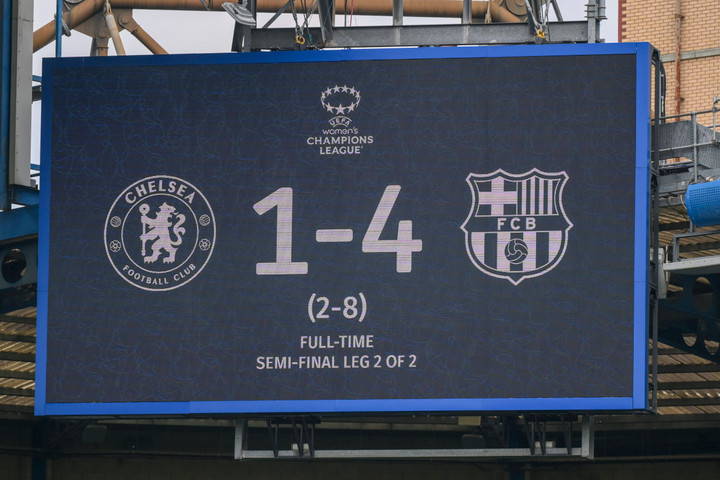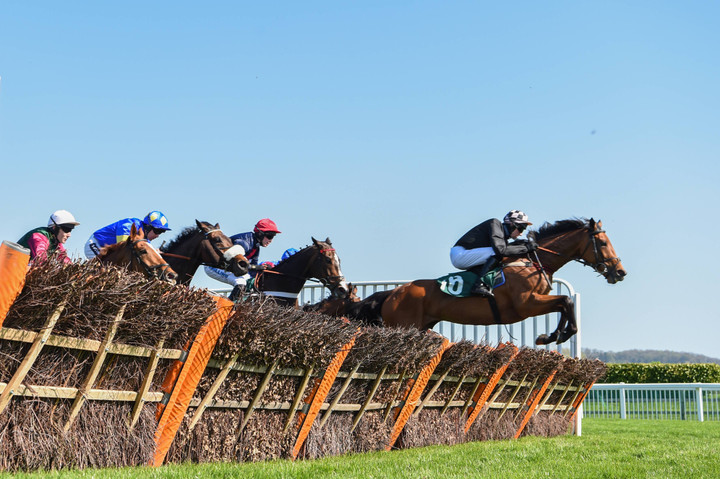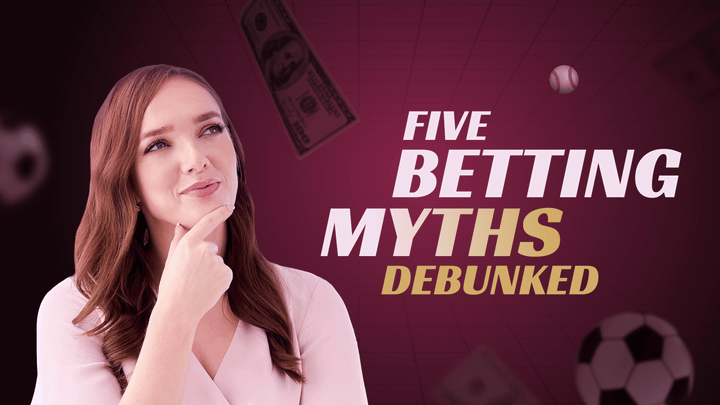Short-priced value picks: Are they worth it?

When discussing betting value, the conversation typically centres around finding those overlooked underdogs or longshots that offer substantial returns.
However, there's another dimension to value betting that deserves attention: the short-priced favourite that, despite offering minimal returns, might represent genuine value.
Check out the best UK bookmakers to claim free bets worth up to £850!
These are selections where the odds appear low but may actually underestimate the true probability of success.
Understanding value in short prices
The concept of value in betting is fundamentally a mathematical relationship between two distinct probabilities: the implied probability derived from bookmakers' odds, and what we might call the "true probability" of an outcome.
When we convert betting odds to their implied probability—for instance, odds of 1/2 (1.50) represent an implied 67% chance of occurring while 2/5 (1.40) converts to roughly 71.4%—we create a benchmark against which we can measure potential value.
A value betting opportunity emerges whenever our carefully calculated assessment of the true probability exceeds the bookmaker-implied probability, regardless of whether the odds are short or long.
This mathematical edge represents the cornerstone of profitable betting strategy, as it ensures positive expected value over a sufficient sample size of bets.
Contrary to popular perception, short-priced favourites can often harbour significant value despite their seemingly unattractive returns.
This counterintuitive reality stems partly from market inefficiencies created by recreational bettors' psychological bias toward long-odds selections and against "boring" short prices.
Additionally, bookmakers sometimes shade their odds slightly against heavily-backed favourites to balance their books, inadvertently creating small but exploitable edges for astute bettors who can accurately assess true probabilities.
The mathematics, however, remain impartial—a 5% edge is equally valuable whether found at odds of 10/1 or 1/5, though the risk profile and variance will differ significantly.
The disciplined bettor recognises that sustainable profit comes not from the thrill of occasional longshot victories, but from consistently identifying scenarios where the true probability exceeds the implied odds, regardless of the price point. It's something that many savvy bettors will keep an keen eye out for whern looking for the best football betting margins for example.
Football: The Premier League powerhouses
Manchester City's home record under Pep Guardiola provides an excellent example of short-price value. During the 2020/21 season, City won 18 consecutive games across all competitions.
Despite regularly being priced at odds around 1/3 (1.33) for home fixtures, they were actually providing value based on their true winning probability.
Consider their match against Sheffield United in January 2021. Priced at 1/7 (1.14), the implied probability was approximately 87.5%.
However, considering The Blades’ struggles that season and City's dominant form, statistical models, like expected goals (xG), suggested their true winning probability was closer to 92-93%, creating a small but significant value gap.
Tennis - The big three on their preferred surfaces
Tennis has provided some of the clearest examples of short-price value through the dominance of the 'big three' on their favoured surfaces.
Rafael Nadal at Roland Garros stands as perhaps the most remarkable example in sports betting history.
Despite routinely being priced at odds of 1/5 (1.20) or shorter for early-round matches, Nadal's 105-3 record at the French Open represents a win percentage of 97.2%. This means that even at seemingly prohibitive odds of 1/10 (1.10), Nadal often represented value given his extraordinary clay court dominance.
Similarly, Novak Djokovic at the Australian Open (nine-time champion) and Roger Federer during his prime at Wimbledon (eight-time champion) frequently offered short-price value propositions when facing all but the most elite opponents.
Boxing: The elite against mandatory challengers
Boxing provides interesting case studies for short-price value, particularly when an elite champion faces a mandatory challenger.
When Floyd Mayweather fought Robert Guerrero in 2013, Mayweather was priced around 1/8 (1.12). While these odds suggested almost 90% probability of victory, Mayweather's undefeated record and technical superiority against similar opponents indicated his true winning probability was arguably higher, creating subtle value despite the short price.
Conversely, when Anthony Joshua faced Andy Ruiz Jr. in their first bout at odds of 1/25 (1.04), the market drastically overestimated Joshua's chances, demonstrating that short prices can also represent poor value – a reminder, to unlock your boxing betting potential, to approach each situation with careful analysis.
Snooker: The Ronnie O'Sullivan factor
In snooker, certain players like Ronnie O'Sullivan often present short-price value in specific contexts.
When O'Sullivan is focused and motivated, particularly in the opening rounds of major tournaments, his odds might be 1/4 (1.25) or shorter.
However, his true winning probability in such matches often exceeds 85-90%, especially against qualifiers or lower-ranked players.
During the 2020 World Championship, O'Sullivan defeated Thepchaiya Un-Nooh 10-1 in the first round while priced at 1/5 (1.20). The comprehensive nature of this victory highlighted that even at such short odds, there was potential value based on the skill disparity.
Cricket: Elite teams in home conditions
Cricket provides fascinating examples through national team dominance in home conditions.
India's home test record in the past decade has been extraordinary, with a win rate exceeding 75%.
Despite often being priced at 1/3 (1.33) or shorter when hosting teams outside the top three rankings, their true probability of victory in these matches has typically been higher than the 75% implied by such odds.
When India hosted South Africa in 2019, they were priced around 1/2 (1.50) for the first Test, implying a 67% win probability. They went on to dominate the series 3-0, suggesting those odds underestimated their true chances.
Darts: The ‘MVG era’
During Michael van Gerwen's peak years (2014-2020), he frequently entered tournaments as a short-priced favourite. In many first and second-round matches at major tournaments, MVG would be priced around 1/7 (1.14), implying an 87.5% win probability.
Considering his dominance during this period – where he won approximately 90-95% of matches against all but the very elite players – these odds often represented value despite seeming prohibitively short to casual observers.
Golf: Tournament favourites vs field
Golf typically features longer odds due to large fields, but certain betting markets can present short-price value opportunities.
When Tiger Woods was at his peak, ‘Tiger vs field’ bets were popular. Even when priced at 6/4 (2.50) against the entire field (remarkably short for golf), Woods sometimes represented value based on his dominance.
During his most dominant periods, statistical models suggested his true winning probability in certain tournaments exceeded the 40% implied by such odds.
In more recent years, two-ball or three-ball match betting can offer short-price value, particularly when an in-form player like Jon Rahm or Rory McIlroy is grouped with significantly lower-ranked players in early rounds
MMA: The championship calibre gap
MMA provides compelling examples of short-price value when there's a significant skill gap between fighters.
During Khabib Nurmagomedov's UFC championship reign, he was typically priced between 1/4 (1.25) and 1/6 (1.17) against elite challengers.
Given his perfect 29-0 record and dominant wrestling style that opponents struggled to counter, these odds often understated his true winning probability.
His fight against Dustin Poirier at UFC 242 saw Khabib priced at 1/3 (1.33), suggesting a 75% win probability.
Considering Khabib's style advantage and previous performances against similar opponents, statistical models indicated his true winning probability was closer to 85%, creating value despite the short price.
The strategy behind short-price value
Finding true value at short prices requires rigorous analysis beyond surface-level assumptions. Identifying genuine value in short-priced betting opportunities begins with rigorous statistical analysis. The cornerstone of this approach involves developing or utilising existing statistical models built on sport-specific metrics—whether that's xG in football, service statistics in tennis, or strike rates in cricket.
These models should generate probability estimates that can be directly compared against the bookmaker's implied probabilities.
The key insight here is that even small discrepancies can indicate value when working with short prices.
For instance, if your model suggests a team has an 80% chance of winning while the bookmaker's odds of 1/3 imply only a 75% probability, you've potentially identified a 5% edge—which can be significant over time, especially with larger stakes.
This analytical approach removes emotional bias from your betting decisions and provides a systematic framework for identifying value opportunities.
Context assessment represents the qualitative complement to quantitative statistical analysis, incorporating factors that may not be fully captured in historical data.
Home advantage varies significantly across different sports and even specific teams or venues—some football teams derive enormous benefit from their home crowd, while certain tennis players perform dramatically better on specific surfaces.
Recent form must be evaluated carefully, distinguishing between temporary fluctuations and meaningful trends. Matchup-specific dynamics often create situations where a generally inferior competitor may present problems for a superior one due to stylistic advantages.
For short-priced value betting, these contextual factors can be particularly crucial, as they may reveal situations where a heavily favoured selection is even more likely to succeed than general statistics suggest.
The most successful value bettors excel at integrating these contextual insights with their statistical models.
Bankroll management takes on special importance when pursuing short-priced value betting strategies - as discussed in our first round leader golf betting analysis.
Since these bets typically require larger stakes to generate worthwhile returns, the impact of variance becomes more pronounced—winning streaks can build your bankroll steadily, but a few unexpected losses can be devastating without proper bankroll discipline.
Many professional bettors employ the ‘kelly criterion’ or ‘fractional kelly’ approaches to determine optimal stake sizes based on their edge and the odds offered.
A common rule of thumb suggests risking no more than 1-5% of your total bankroll on any single bet, with short-priced selections typically warranting the higher end of this range when value is clearly identified.
This disciplined approach acknowledges the reality that even high-probability bets will lose sometimes and ensures that your betting strategy can withstand these inevitable setbacks while capitalising on your long-term edge.
Accumulator betting (parlays) offers an intriguing way to transform short-priced value selections into more attractive potential returns.
By combining multiple short-priced value opportunities into a single bet, you can create odds that appear more appealing while potentially maintaining a mathematical edge.
The key insight is that the value of an accumulator is the product of the value of its individual components—if each selection has positive expected value, the accumulator itself can also offer value, albeit with increased variance.
This approach requires careful selection to avoid overexposure to correlated outcomes (such as two teams that might be affected by the same weather conditions) and should generally be limited to fewer selections (2-4) to maintain reasonable probabilities of success.
For disciplined bettors who have identified multiple short-priced value opportunities, selectively combining these selections can create a more balanced portfolio of betting options that includes both steady single bets and higher-variance accumulators with larger potential returns.
Small edges add up
The mathematics of successful betting doesn't discriminate based on price – value is value, whether found at odds of 10/1 or 1/5.
While betting on short-priced favourites lacks the excitement of landing a big-odds winner, consistently identifying situations where the true probability exceeds the implied odds will generate profit over time, regardless of the price point.
For serious bettors, dismissing short odds as ‘not worth it’ means potentially overlooking significant value opportunities.
The key lies in rigorous analysis to identify those situations where even the shortest prices might underestimate the true probability of success.
In betting, it's not about finding exciting odds – it's about finding edges, no matter how small, and capitalising on them consistently.






 What does BTTS mean in betting?
What does BTTS mean in betting?
 How to bet on horse racing online
How to bet on horse racing online
 WATCH: 5 sports betting myths debunked - Facts you thought were true, busted!
WATCH: 5 sports betting myths debunked - Facts you thought were true, busted!
